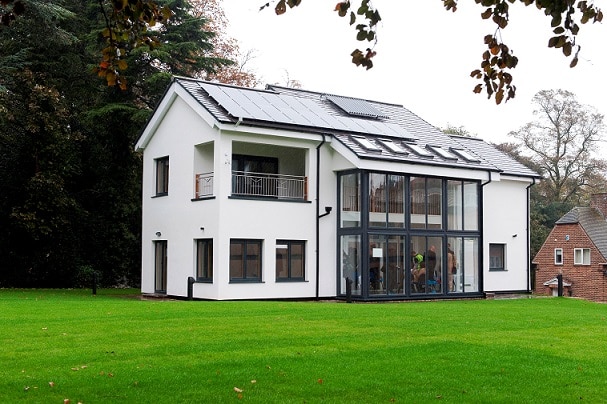The vast majority of house builders have used or have considered using modern methods of construction (MMC) in the last three years, according to new research from the NHBC Foundation.
The research found that one of the key attractions to MMC is the perceived ability to build more quickly and there is some evidence that MMC can lead to a reduction in costs.
The NHBC Foundation report Modern methods of construction: views from the industry surveys 135 house builders and housing associations and explores attitudes towards MMC. The research captures the degree to which different methods and systems have been adopted and assesses the appetite for more extensive application of specific approaches.
The most used methods are sub-assemblies and components, installed by about three-quarters of the house builders and just under half of the housing associations in 2015. Panelised systems, such as timber and steel frame are the next most used MMC type. Few have used full volumetric construction or pods. However, many organisations are considering them for future use.
Despite reservations expressed by some, and the lower enthusiasm in the bulk of the industry for the more radical and far reaching manifestations of MMC, house builders have still been making extensive use of a variety of innovative approaches. Most of those surveyed expect the role of MMC to grow (45%) or remain static (51%) over the next 3 years.
Neil Smith, Head of Research and Innovation at NHBC said: “Attention has focused on modern methods of construction many times since the Second World War as a means of boosting housing output and improving the quality of new homes.
“This report shows the high hopes invested in MMC, as a means of delivering transformational change to the house-building industry, have not yet been realised on the scale anticipated by its champions. It also illustrates that although cautious about over- commitment, the industry is nevertheless embracing MMC in many guises, and stands ready to explore new options and innovations.”
For more information and to download the publication, please click here.


